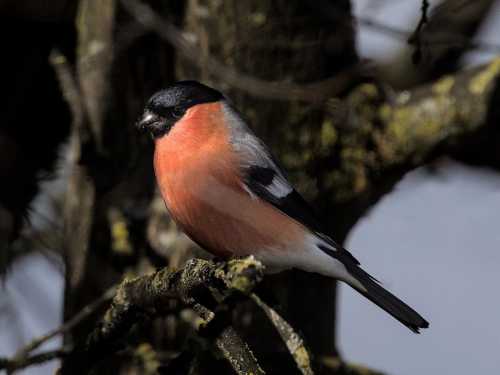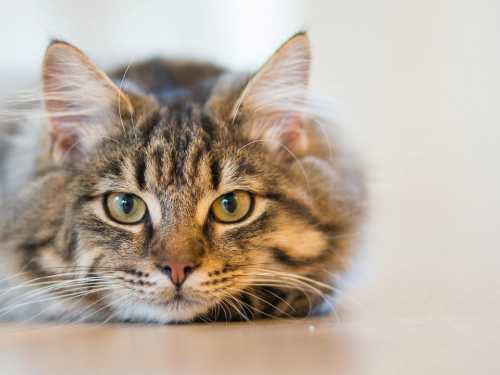
Everyone is happy about the arrival of rooks, the heralds of spring. But no one will paint a picture about the arrival of bullfinches. After all, with the appearance of these birds in city parks, you understand that winter is closer than ever. But where do they come from? And why do they return to where there will be a full oak forest?
Will an ornithologist tell you that the arrival of bullfinches for the winter is nonsense? Not quite, everything is much more interesting. Bullfinches are partially migratory birds. Those that live in the northernmost regions fly south from the cold. And often their “south” is precisely our lands. But our local bullfinches, who spent the whole summer in the forests, simply wander closer to the cities with the onset of winter. So, when you see a red-breasted handsome man, it is either a northern guest or a local resident who decided to visit the city “dining room”. The folk omen has a completely real basis!
Let's just say, if you don't see bullfinches, it doesn't mean they've disappeared. Just as your grandmother settles in the country in the warm season, bullfinches leave the city and move to nature, to the coniferous forest. By the way, bullfinches actively spoil the blood of gardeners. These birds are great lovers of dining on fruit tree buds. So bullfinches are not only heralds of winter, but also of crop failure. Not a bird, but a complete misfortune!
But with the arrival of cold weather, when there is nothing to catch in the forests, birds fly to the cities. There is more food here and the air is warmer. In the city “dining rooms” the birds fly to berries and apples. They are only interested in the seeds – the birds do not eat the pulp. According to one hypothesis, such a diet made the birds red-breasted. The seeds of the fruit contain carotenoids, which color the feathers of bullfinches in bright shades.
But only males can boast of a bright coat – females have a modest gray-brown coat instead. But don't rush to accuse them of patriarchy: although the male looks like a real dandy, in family matters, where monogamy reigns, responsibilities are divided equally.
The lady of the heart is attracted by the song of the swashbuckler. The howling of bullfinches is a separate topic for reflection. During the nesting season, that is, all summer, the birds are silent like partisans so as not to burn the location of their nest. But after the flight of the bluebirds, the redbreasts go full force. Perhaps their singing would undermine modern pop culture: chirping alternates with screeching, creaking, incomprehensible complaints about life and the squeak of a rubber duck (although this is, of course, an artistic exaggeration).
Despite the male's questionable vocal skills, a pair forms for life. Bullfinches share with each other all the joys and sorrows of raising their chicks. And they do it so successfully that from April to August, 5-7 chicks emerge from the parent's nest. A married couple manages to lay two clutches a year!
The life of a young bullfinch is hard and unremarkable. When you are a little bigger than a sparrow, you don’t have many opportunities in this life. Even a bright coat is not yours as a child — at first, young females and males wear the same, modest brownish plumage. But they decide on their “gender stereotypes” much earlier — after their first molt in the fall of the same year they were born. By their first winter, they are already showing off their adult attire.
So, for 3-4 years of life (that's how long bullfinches live in the wild), you are provided with a full range of entertainment: from arranging a berry massacre on the nearest mountain ash to a defiant scream and jumping on branches. We hope your life is no less eventful.





